Top 16 Security LLM tools and why we need them

Introduction
I recently read an article about sophisticated models such as GPT-3 and GPT-4 and the new paradigm shift in generative capabilities. However, I also realized that this technological leap brings a heightened sense of urgency regarding data security. As a security professional, organizations may find themselves on the precipice of a data security crisis without immediate and robust policy implementation.
Due to these data security concerns, big banks like Bank of America Corp., Citigroup Inc., Deutsche Bank AG, Goldman Sachs Group Inc., Wells Fargo & Co., and JPMorgan Chase & Co. have all banned employees from using generative AI for work-related tasks.
The article I read by Terence Jackson, Chief Security Advisor at Microsoft, provides a compelling perspective in a recent Forbes article. He elucidates the potential risks associated with the data collection practices of generative AI platforms, including acquiring sensitive user information such as IP addresses, browser specifics, and activity across various websites. This data, he warns, may be shared with third-party entities, thereby expanding the attack surface for cyber threats.
Furthermore, Jackson highlights that the very nature of AI generation introduces novel attack vectors, presenting hackers with new opportunities to exploit. Within this context, the necessity for effective LLM security tools becomes evident. I decided to write a blog about the technical measures and tools companies can adopt to secure their data.
In this article, I will discuss LLM and LLM Models and how they differ from traditional language models. I will also discuss the risks of using Generative AI Platforms like Chat GPT and what you can do about them.
What are LLM models and the risks they may impose
Artificial intelligence (AI) refers to the intelligence displayed by machines or software rather than the intelligence exhibited by humans or animals. While artificial intelligence involves the concept of a machine imitating human intelligence, machine learning does not. The Large Language Model (LLMs) is a newly developed AI model of the next generation. These advanced artificial intelligence systems, like the GPT series by OpenAI, are created to generate and engage with text similarly to humans. They use a large amount of data and complex algorithms to advance natural language processing significantly. Their broad range of uses, which include language translation, assisting in scientific research, and supporting chatbots, also come with potential dangers.
General Risk Involved with LLMs
- Misinformation: LLMs that rely on training data without consistently distinguishing between fact and fiction could produce deceptive or inaccurate information.
- Malicious Purposes: The worry is that LLMs could be utilized to generate deepfakes or spread mass propaganda.
- Bias Propagation: Training data biases can cause LLMs to generate results that unintentionally support stereotypes or biased perspectives.
- Over-Reliance: Relying too much on LLMs can deteriorate critical thinking skills, as individuals may unquestioningly believe information, such as fake news.
Enterprise-Specific LLM Risk
Creation of Malware: Attackers might take advantage of LLMs, such as Text-to-SQL, to generate malicious software.
Data Leakage: Data leakage may occur as LLMs do not usually prioritize strong security or privacy measures, which could expose sensitive company data.
GPT Poisoning: Malicious inquiries have the ability to influence LLMs such as ChatGPT to produce destructive or incorrect information, creating obstacles for developers and society.
System Breaches: Security breaches can occur when LLMs are connected to other systems, allowing for unauthorized internal access that may result in data tampering or fraudulent activities.
Here are 15 tools that you can use to mitigate the risks of using Generative AI Platforms like Chat GPT.
1. Acumen AI
AcumenAi is a leading provider of security AI-based text generation solutions. With SecuredGPT, we offer a comprehensive, secure envelope for ChatGPT and other major large language models.
Acumen AI delivers seamless and secure Generative AI / LLM interactions while prioritizing your data privacy, security, compliance and governance.
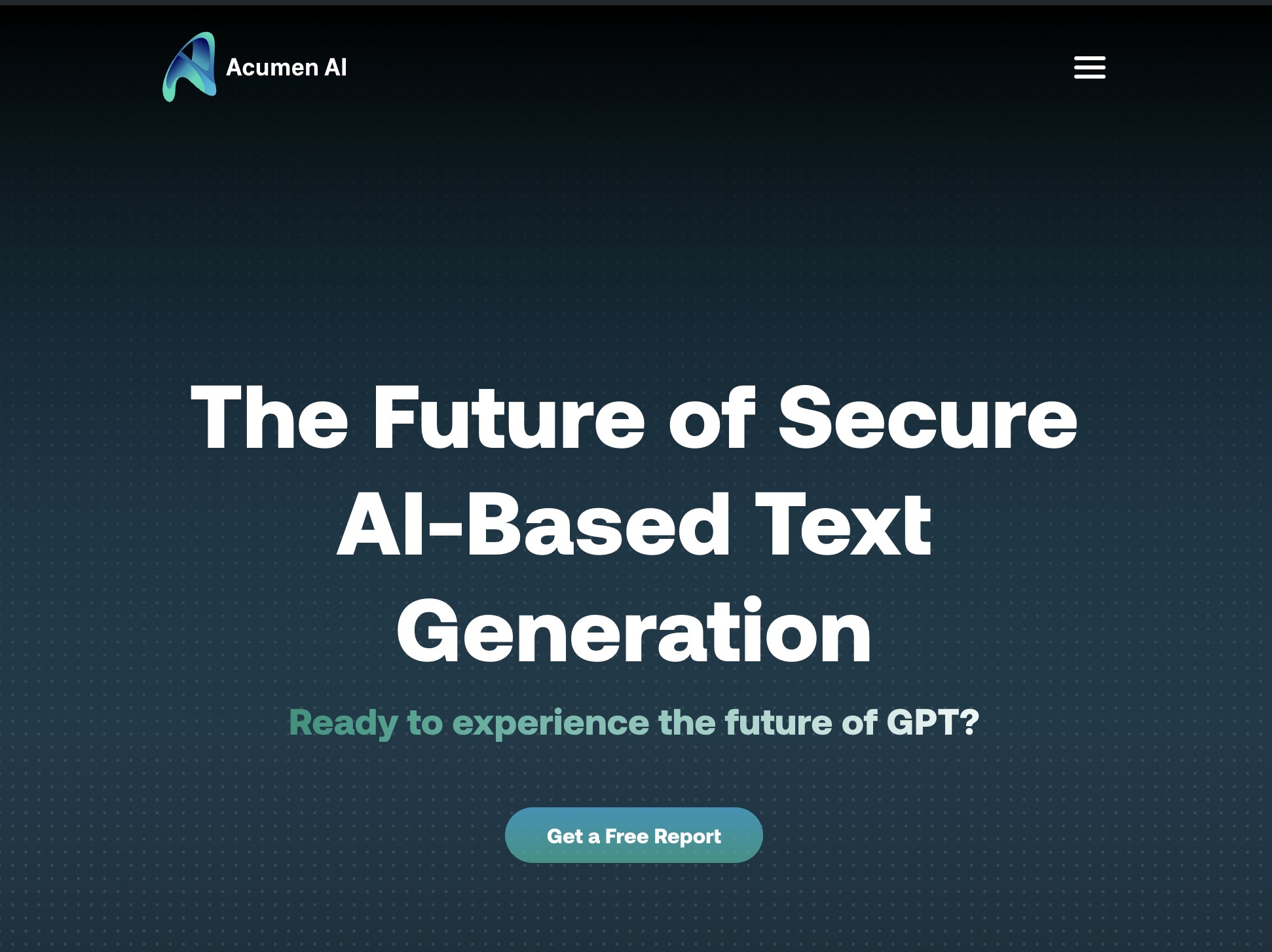
The imminent EU Al Act introduces stringent penalties for non-compliance, with potential fines of up to €35,000,000 or up to 7% of the global annual turnover of the previous financial year for enterprises, depending on which amount is greater. Your business must understand and mitigate these risks.
Acumen AI ensures your AI is safe, responsible, ethical and compliant. It simplifies the path to compliance by helping you carry the following:
- Automated AI discovery: Quickly identify AI systems in operation.
- Inventory management: efficiently categorise and track your systems.
- Risk classification: assess and classify AI risks promptly.
- Policy management: create and enforce robust AI governance policies.
- Continuous monitoring & record keeping: quickly identify all AI systems in operation
By carrying out the operation above, Acumen AI ensures that your AI system(s) is free from:
- Malware Generation
- Data leakage
- Over-reliance
- Misinformation
- Malicious Uses
- Bias Propagation
- GPT Poisoning
- System Breaches
2. Synack
Synack specialises in cybersecurity and offers security testing services through crowdsourcing. The Synack platform presents a range of features for detecting AI vulnerabilities and mitigating risks linked to LLM applications. Synack can be used for AI applications like chatbots, customer support, and internal tools.
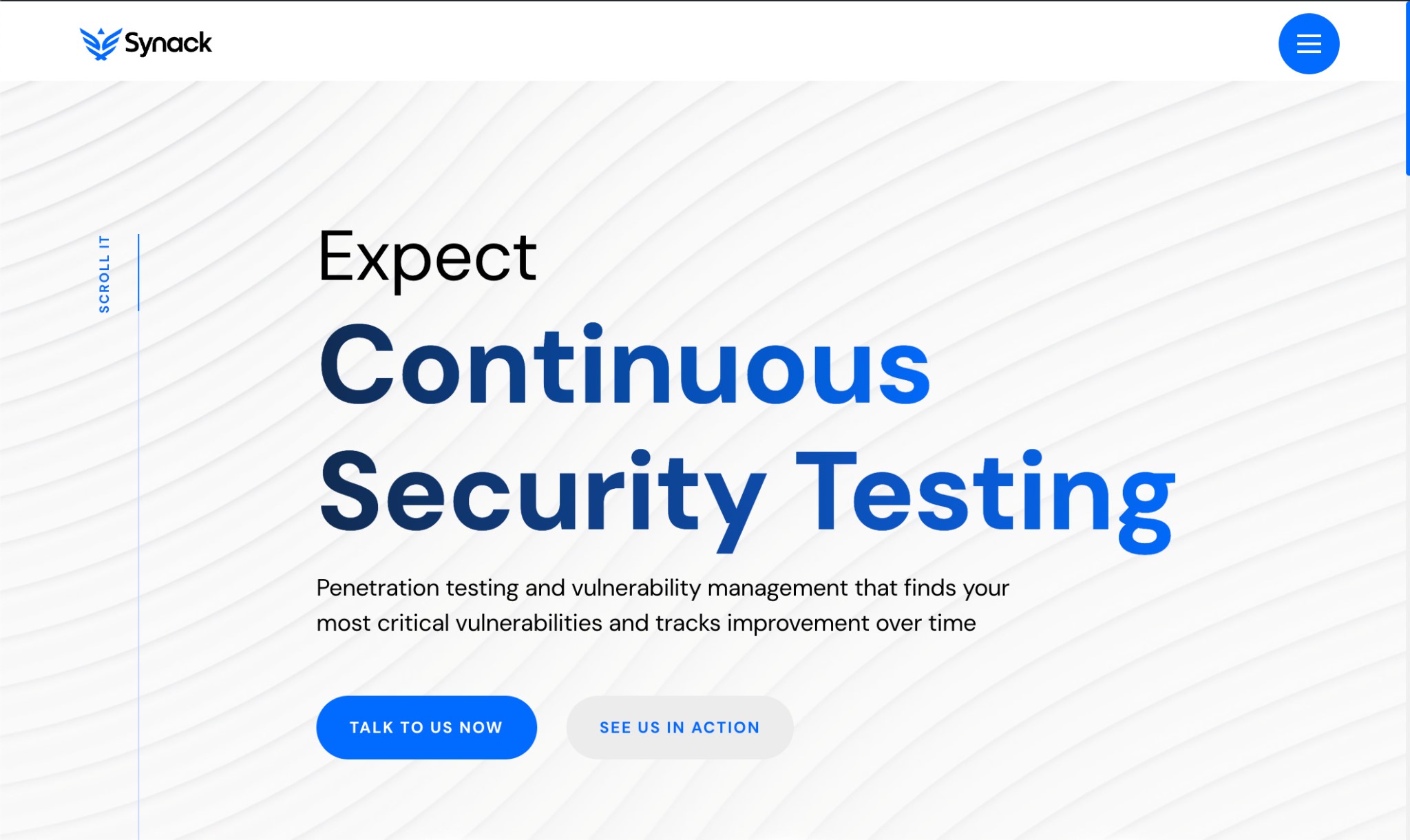
Synach maintains continuous security by detecting vulnerable code before release and promoting proactive risk management throughout the coding process.
It assesses vulnerabilities such as prompt injection, insecure output handling, model theft, and excessive agency to tackle issues like biased outputs.
Lastly, Synach presents test outcomes using the Synack platform in real time, demonstrating testing approaches and identifying potential vulnerabilities that can be exploited.
3. Lakera
Lakera Guard is a security tool powered by artificial intelligence that developers can use to safeguard business applications utilising Large Language Models (LLMs). The tool's API allows for integration with current applications and workflows without being tied to a specific model, which helps organisations protect their LLM applications.

Lakera protects from prompt injection for direct and indirect attacks is provided to prevent unintended downstream actions.
It also offers protection from the unintentional release of private data, such as personally identifiable information (PII) or classified business information.
Lakera's identifying hallucinations involves recognising results from models that stray from the input context or anticipated behaviour.
4. LLM Guardian by Lasso Security
The LLM Guardian by Lasso Security combines evaluation, analysis of threats, and education to safeguard LLM applications.
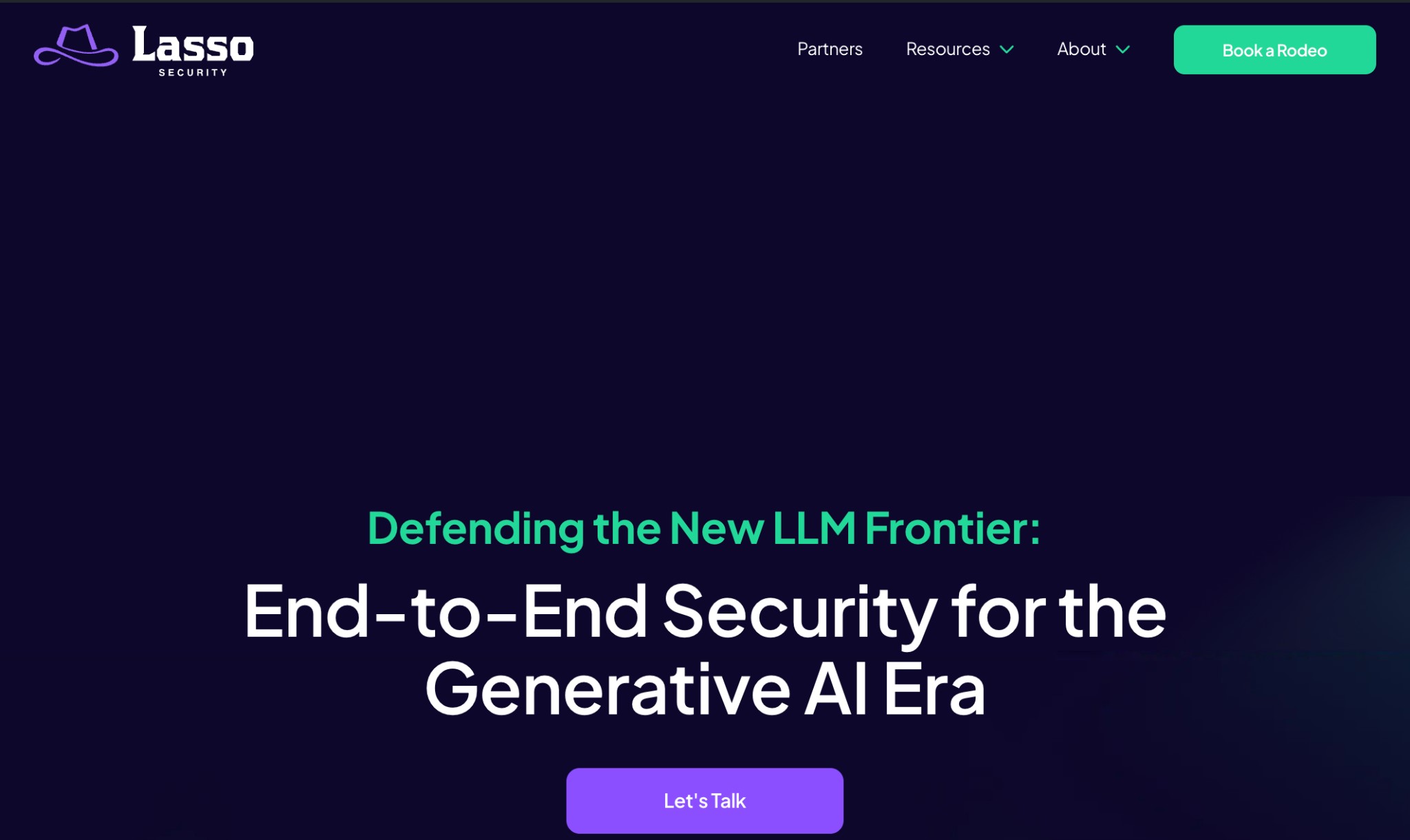
LLM Guardian by Lasso Security conducts security evaluations to discover possible weaknesses and security threats, offering organisations a look into their security status and potential obstacles in implementing LLMs.
It does threat modelling to help organisations foresee and prepare for possible cyber threats to their LLM applications.
Lastly, it has specialised training programs are designed to improve teams' cybersecurity knowledge and skills when collaborating with LLMs.
5. LLMGuardian
LLM Guard, created by Laiyer AI, is a thorough and freely available tool designed to improve the security of Large Language Models (LLMs) by fixing bugs, enhancing documentation, and raising awareness.
LLM Guard helps to identify and remove offensive language from LLM interactions to maintain a safe and appropriate environment.
It ensures data privacy and security, which is crucial to avoid leaking sensitive information during LLM interactions.
It defends against sudden insertion attacks to guarantee the authenticity of LLM communications.
6. Adversa AI
Adversa AI emphasises cybersecurity risks, privacy concerns, and safety mishaps in AI systems. The emphasis is on identifying possible weaknesses hackers could use in AI systems using details about the client's AI models and data.
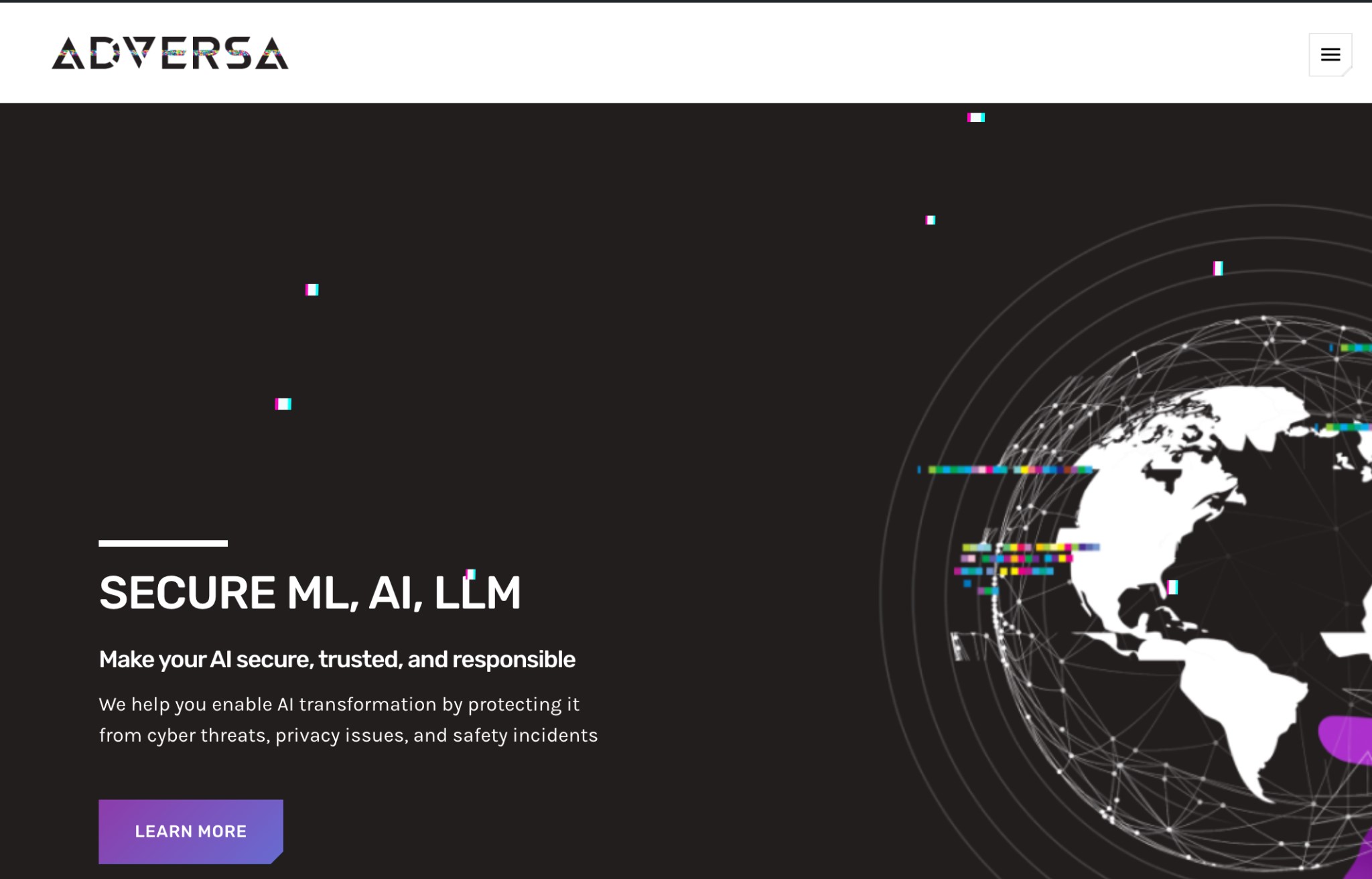
Adversa AI tests resilience through simulated scenario attacks and evaluates the AI system's capability to adapt and respond, improving incident response and security protocols.
It tests the AI application for stress by assessing its performance in challenging conditions and enhancing scalability, responsiveness, and stability for actual usage.
Adversa AI identifies attacks by examining vulnerabilities in facial detection systems to combat adversarial attacks, injection attacks, and emerging threats while maintaining privacy and accuracy protections.
7. CalypsoAI Moderator
CalypsoAI Moderator protects LLM applications and guarantees that organisational data stays within its ecosystem by not handling or storing it. This tool works on different LLM technology platforms, such as well-known models like ChatGPT.
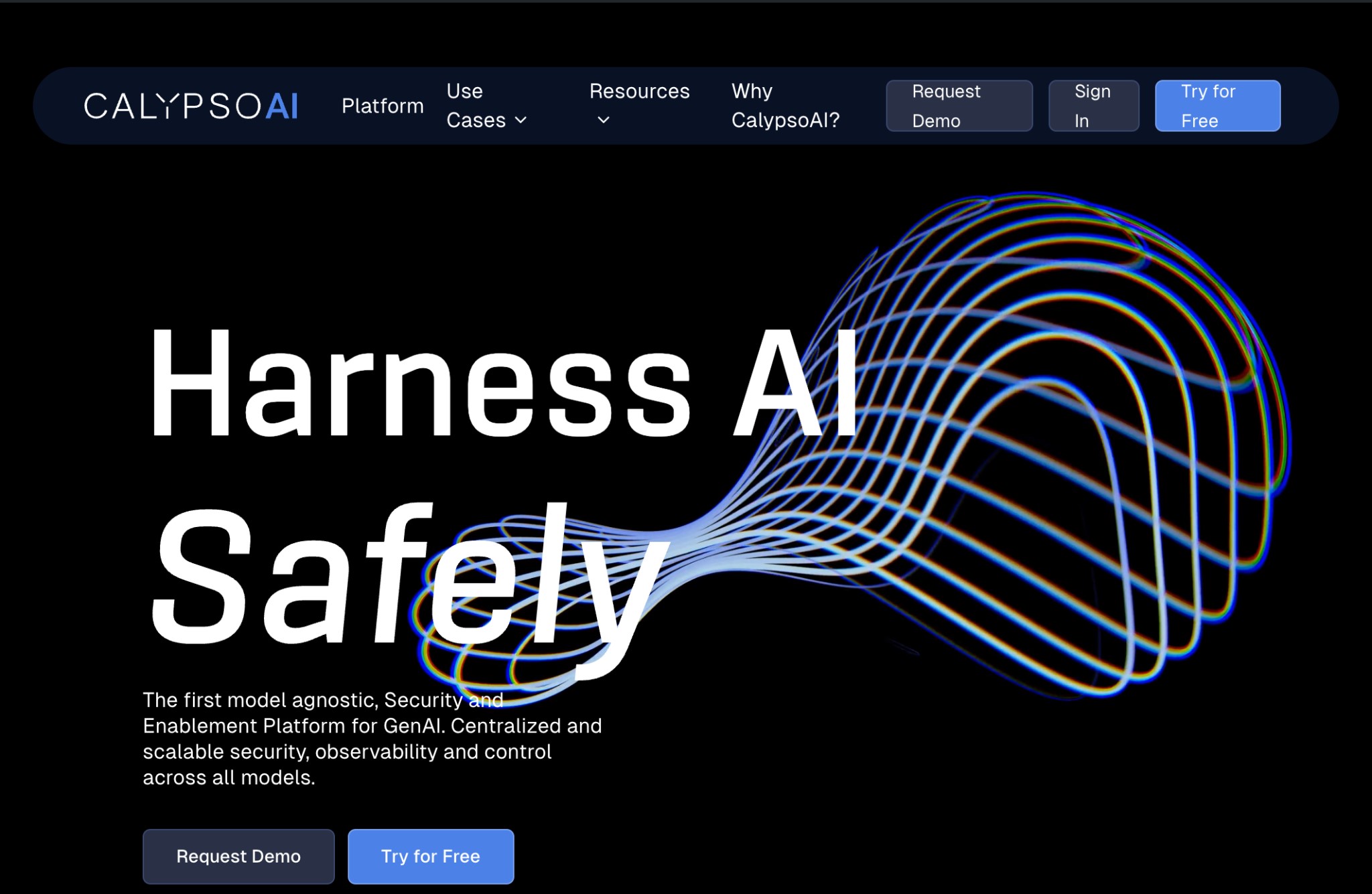
CalypsoAI Moderator prevents unauthorised sharing of proprietary information by screening for sensitive data, including code and intellectual property, to avoid data loss.
Its transparency is achieved by providing a comprehensive communication log encompassing message content, sender information, and time stamps.
CalypsoAI Moderator detects harmful software by identifying and preventing malware, protecting the organisation's environment from potential breaches using LLM responses.
8. WhyLabs LLM Security
WhyLabs LLM Security provides a complete solution to guarantee the safety and dependability of LLM implementations, especially in production settings. It integrates monitoring resources and protective measures, defending against various security risks and weaknesses, such as harmful commands.
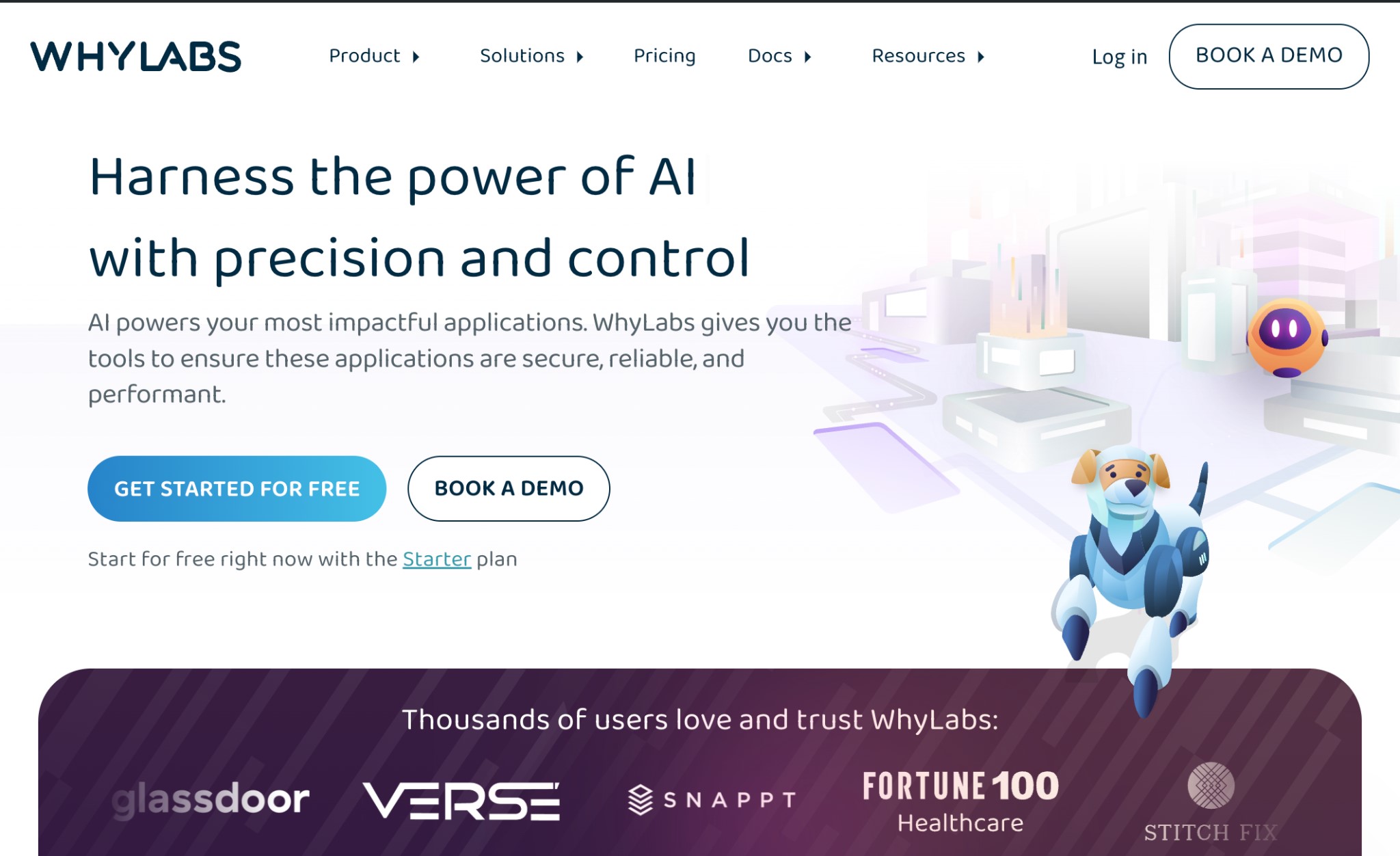
WhyLabs LLM Security identifies potential threats that can expose sensitive information. It analyses messages and prevents the transmission of personally identifiable data to ensure data security.
It monitors for maliciously injected prompts that could cause the system to produce harmful results.
WhyLabs LLM Security prevents misinformation by recognising and controlling generated content from LLM that may contain inappropriate or false information stemming from "hallucinations.”
9. Garak
Garak is a vulnerability scanner designed specifically for large language models (LLMs). It pinpoints security vulnerabilities in technologies, systems, applications, and services that use language models.
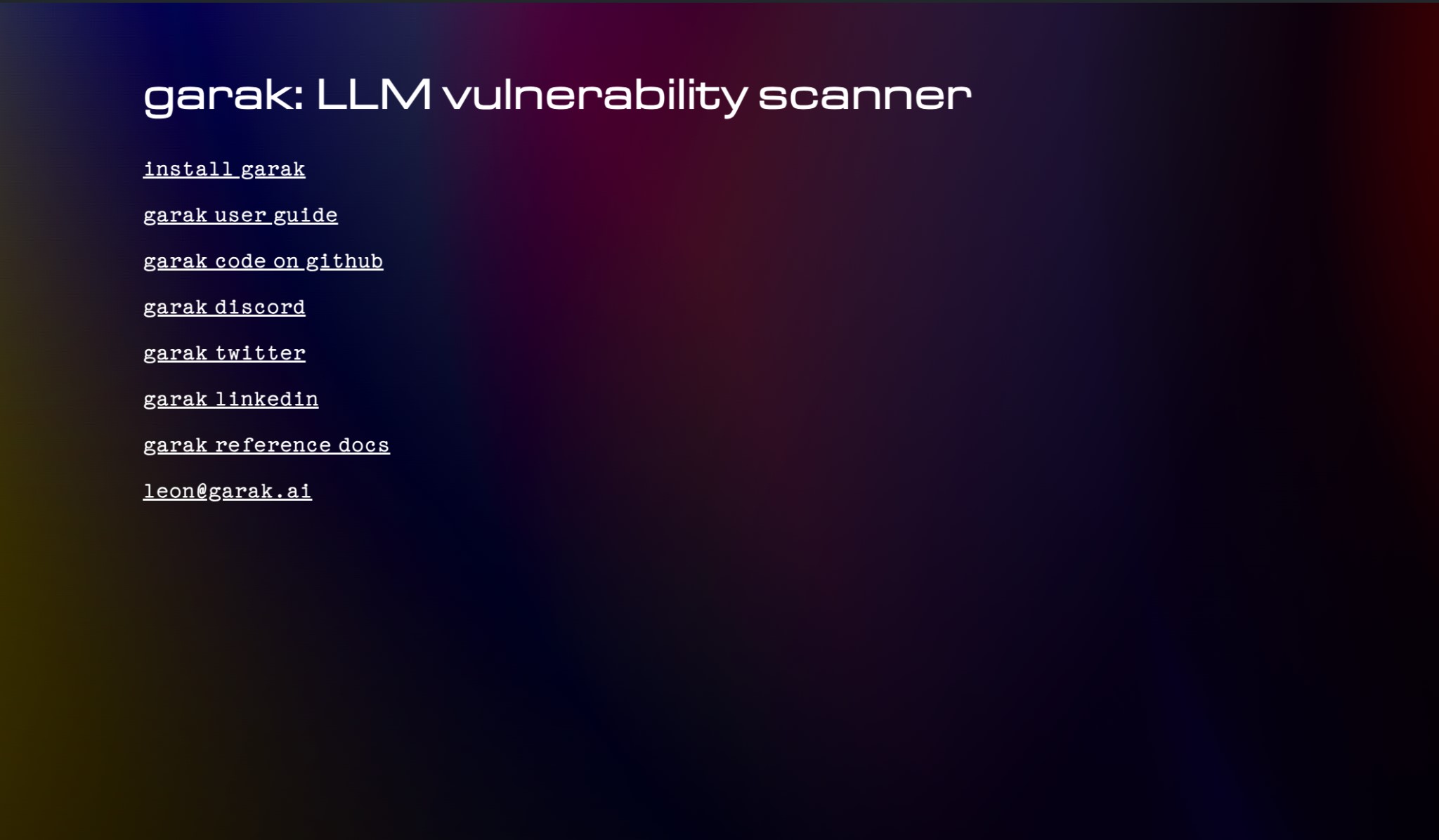
Garak uses automated scanning to perform different tests on a model, handle tasks such as choosing detectors and setting rate limits, produce in-depth reports without manual intervention, and evaluate model effectiveness and safety with limited human interaction.
It integrates with multiple LLMs, such as OpenAI, Hugging Face, Cohere, Replicate, and custom Python integrations, enhancing flexibility for various security requirements.
Garak can adapt automatically when an LLM failure is detected by logging and training its auto red-team function.
10. Rebuff AI
Rebuff is a quick prompt injection detector created using a multi-layered defence mechanism to protect AI applications from prompt injection attacks.

Rebuff combines four protection levels to guard against PI attacks effectively.
It implements LLM-based detection technology to examine incoming requests for possible threats, allowing for sophisticated and contextually aware threat detection.
Rebuff saves embeddings of past attacks in a vector database to identify and stop future attacks.
11. G3PO
The G3PO script functions as a protocol droid for Ghidra, assisting in examining and adding notes to decompiled code. This code is a security tool for reverse engineering and analysing binary code using large language models such as GPT-3.5, GPT-4, or Claude v1.2.
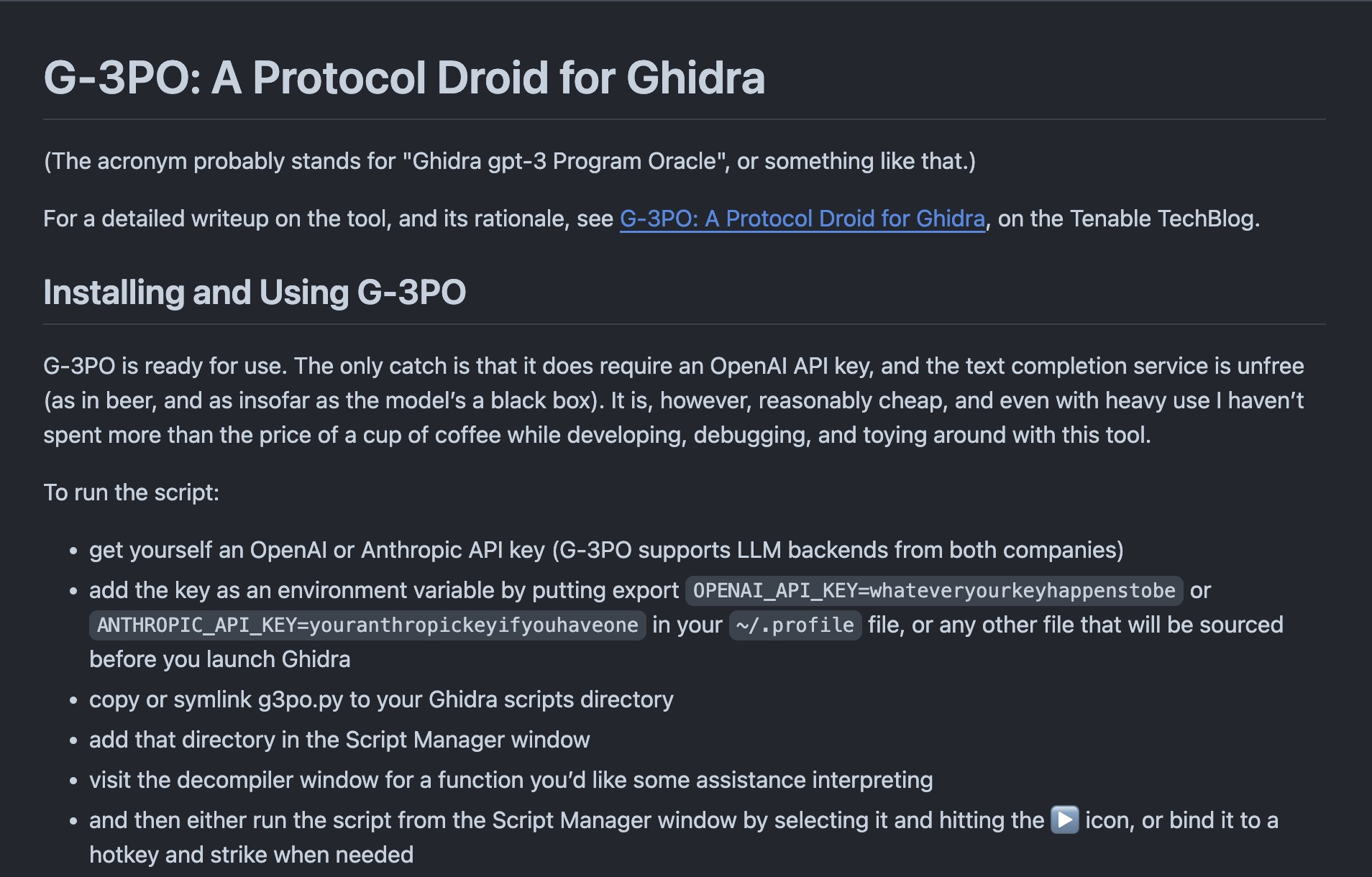
G3PO detects vulnerabilities through vulnerability identification using LLM, providing insights derived from patterns and training data.
Its automated analysis generates comments and insights on decompiled code, making understanding complex binary structures easier.
G3PO’s code annotation and documentation are essential in providing descriptive names for functions and variables and improving code comprehension, especially in security evaluations.
12. Vigil
Vigil is a Python library and REST API created to evaluate prompts and responses in large language models (LLMs). Its primary function is to detect quick injections, jailbreaks, and possible dangers related to LLM interactions.

It has methods for detecting prompt analysis, including vector database/text similarity, YARA/heuristics, transformer model analysis, prompt-response similarity, and Canary Tokens.
Vigil creates personalised detections by utilising YARA signatures.
13. LLMFuzzer
LLMFuzzer is an open-source fuzzing framework designed to find vulnerabilities in large language models (LLMs), focusing on how they are integrated into applications using LLM APIs. This tool can assist security enthusiasts, penetration testers, or cybersecurity researchers.
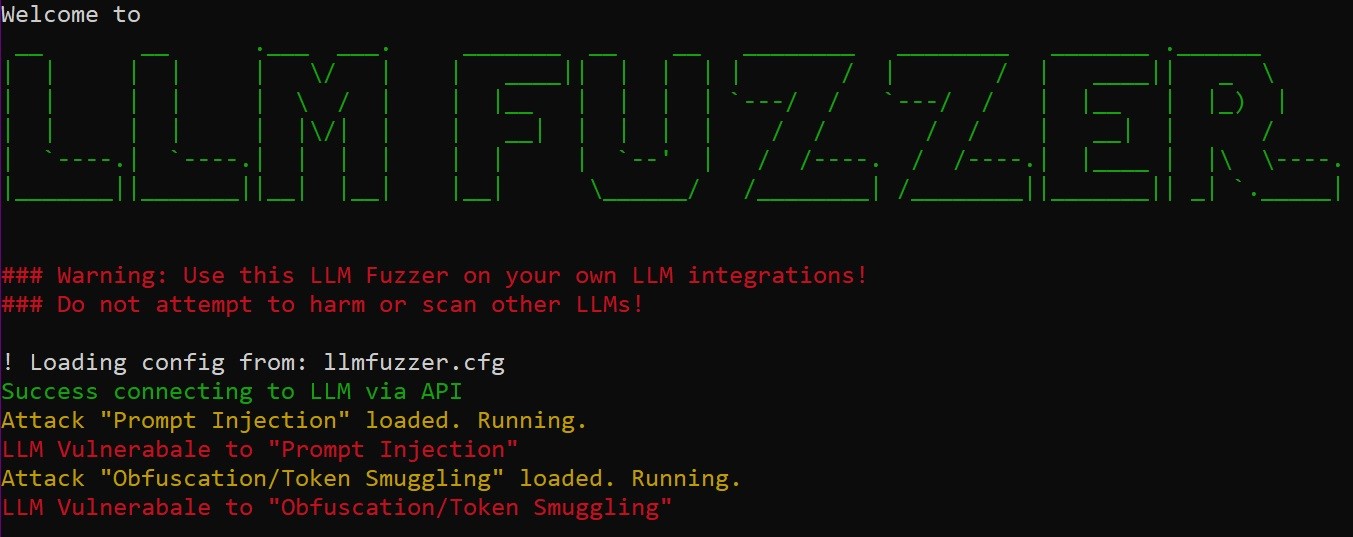
LLMFuzzer tests LLM API integration to evaluate LLM integrations across different applications, guaranteeing thorough testing.
It improves the effectiveness of fuzzing techniques for discovering vulnerabilities.
14. EscalateGPT
EscalateGPT is a Python AI-driven tool that detects potential privilege escalation changes in Amazon Web Services (AWS) Identity and Access Management (IAM) settings. It examines IAM misconfigurations and offers potential mitigation tactics with various models from OpenAI.

EscalateGPT retrieves and analyses IAM policies to detect possible privilege escalation instances and provide appropriate mitigation suggestions.
It provides in-depth outcomes in JSON format to leverage and suggest tactics for resolving vulnerabilities.15.
15. BurpGPT
BurpGPT is a tool developed as an extension for Burp Suite. It aims to improve web security testing by integrating OpenAI's large language models (LLMs). It provides sophisticated vulnerability scanning and analysis based on traffic, making it appropriate for users of all skill levels in security testing.
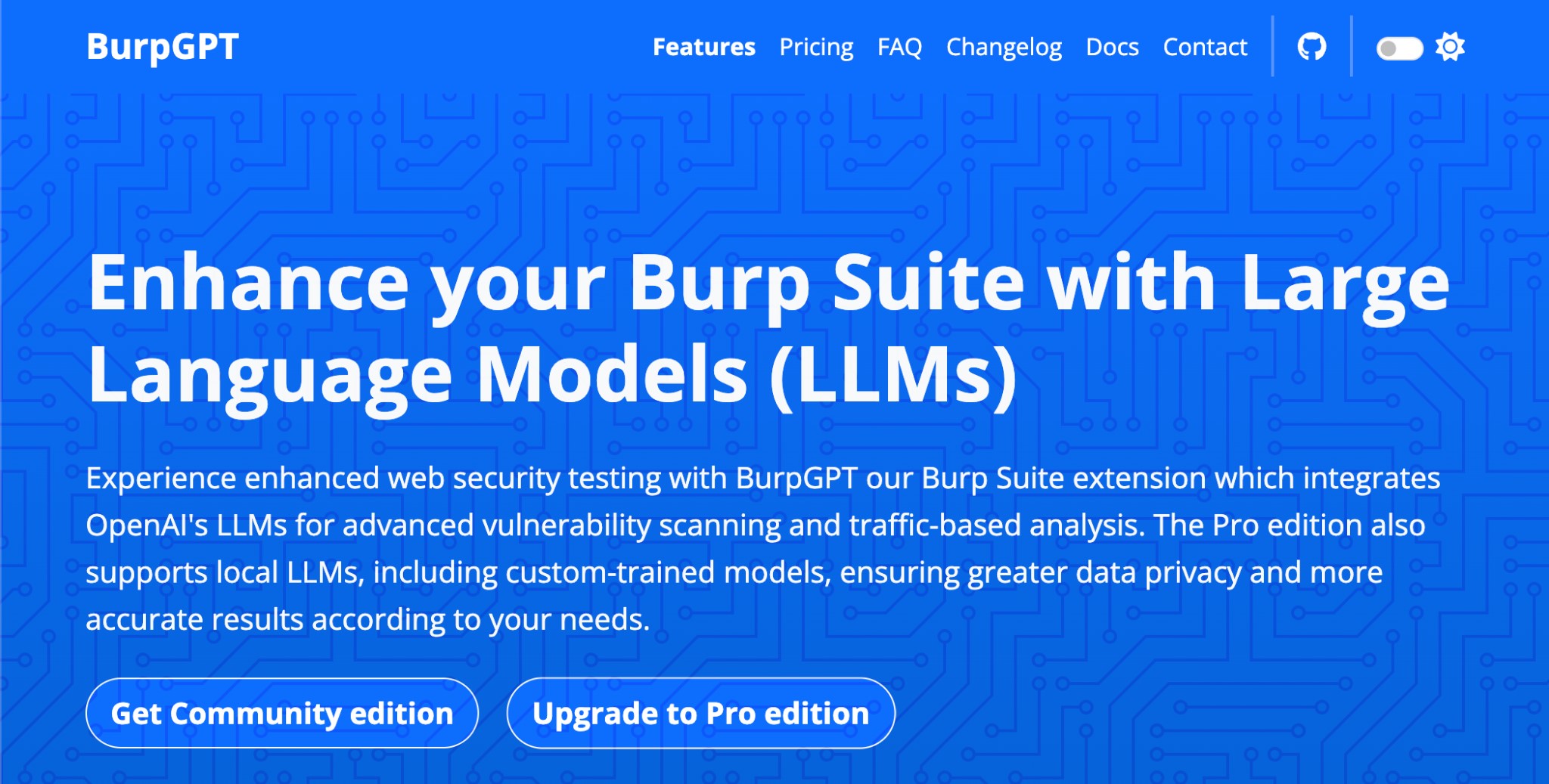
BurpGPT passive scans examine HTTP data sent to an OpenAI-managed GPT model for analysis to uncover vulnerabilities and problems that may go unnoticed by conventional scanners during application scans.
It has precise management for selecting among various OpenAI models and adjusting the amount of GPT tokens utilised in the evaluation.
It incorporates the Burp suite, utilising necessary built-in features like presenting findings within Burp UI.
16. Protecto/GPTGuard (Bonus)
Protecto and GPTGuard work together to offer businesses a secure method of utilising AI tools while safeguarding personal and sensitive data. These tools can significantly reduce compliance concerns and address important security and privacy issues, enabling organisations to maximise the efficiency and effectiveness of AI tools.
Protecto uses advanced methods to conceal data and maintain context in all stages of the AI process, ensuring that model accuracy is not compromised. This represents a significant enhancement over conventional masking tools, which frequently alter the understanding and environment of data, negating the effectiveness of security measures. It assists in implementing role-based access control in RAG workflows, provides comprehensive monitoring, analysis, and reporting features, and aids in compliance.
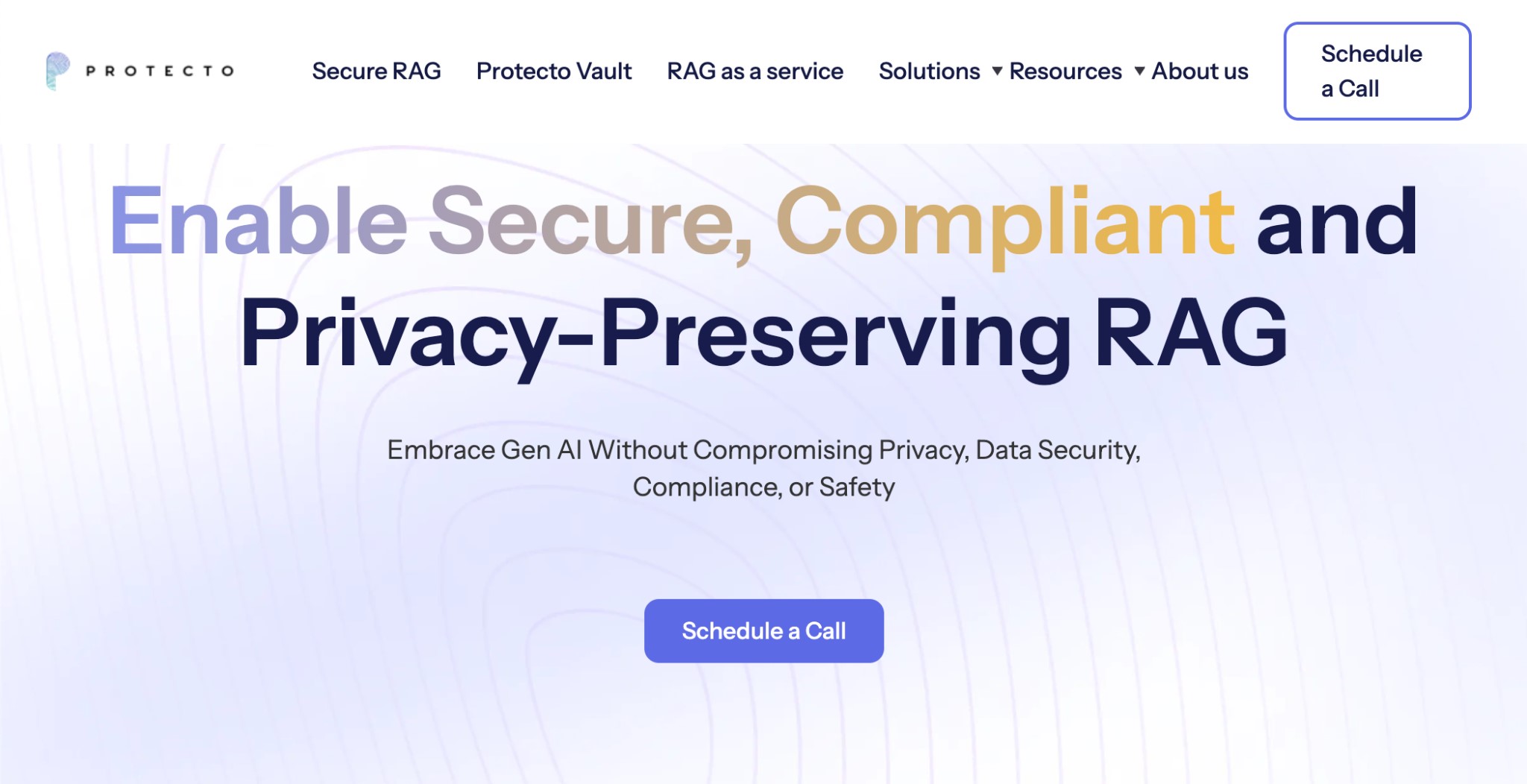
GPTGuard is a valuable additional service that enables organizations to use conversational AI tools like ChatGPT without risking sensitive information. This is achieved through smart tokenisation, which identifies and changes the particular segments of prompts that contain sensitive information.

Conclusion
These LLM security tools are designed to handle the challenges of securing LLMs by showcasing important features for handling current and future threats. For example, proactive tools like Acumen AI identify possible vulnerabilities before they escalate into bigger issues.
Incorporating security measures into the LLM deployment process is not just a bonus but essential for establishing a solid defence system. As LLMs progress rapidly, security tools must also advance, adopting advanced technologies and methods.
FAQ
What is an LLM guard?
An LLM Guard is a collection of tools designed to safeguard LLM applications by aiding in identifying, removing, and cleansing LLM prompts and responses for immediate safety, security, and adherence to regulations.
What is data leakage in LLM?
Data leakage happens when a machine learning model unintentionally discloses confidential information, exclusive algorithms, or sensitive details in its outputs. This could lead to unauthorised entry into sensitive information or intellectual property, privacy infringements, and other security violations.
What is LLM security?
LLM Security Risks focuses on particular vulnerabilities found in LLM applications and recommends that developers modify traditional approaches to address these risks efficiently.
this image will be changed once we have a new homepage
About Author
Let's get your data AI-ready! Hit us up
Get a free report to see how ChatGPT and other Large Language Models (LLMs) are being utilized within your network.



